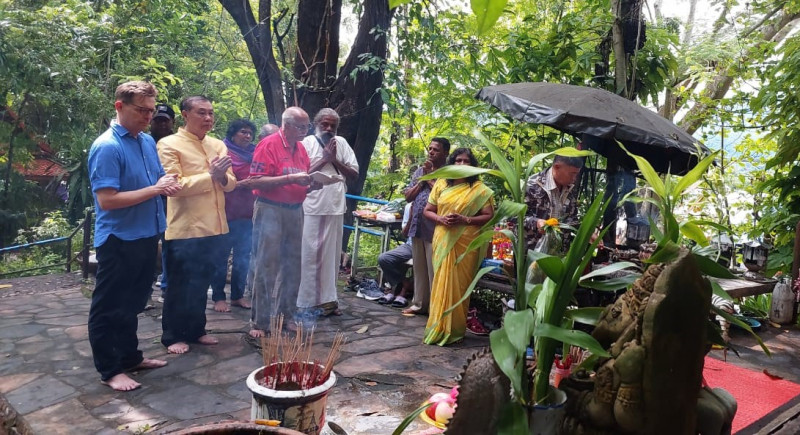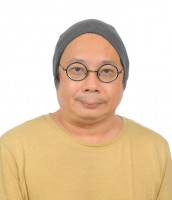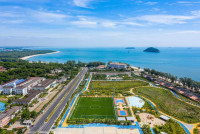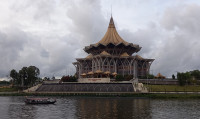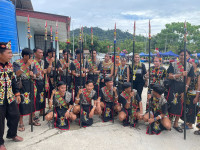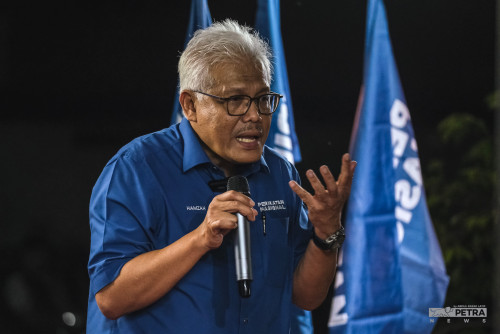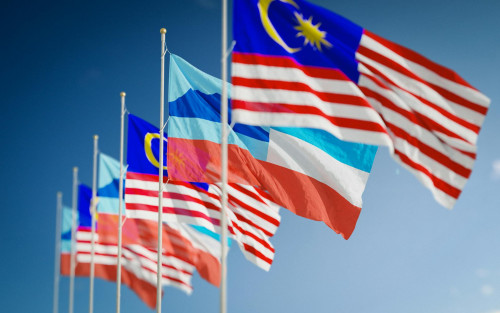WHILE THE WORLD’S attention is presently drawn to the suffering in Ukraine and the Middle East, thousands of miles away in our part of the globe there is a poignant reminder of a similar form of cruelty that took place during the Second World War (WWII) eighty years ago.
Every year, relatives of the Death Railway victims gather solemnly at Kanchanaburi in Thailand.
Some 100,000 people lost their lives, a sizeable among them Malaysians especially of Indian descent, after they were duped or forcibly removed by the Japanese occupiers in Malaya to construct a rail link between Thailand and Burma (now Myanmar).
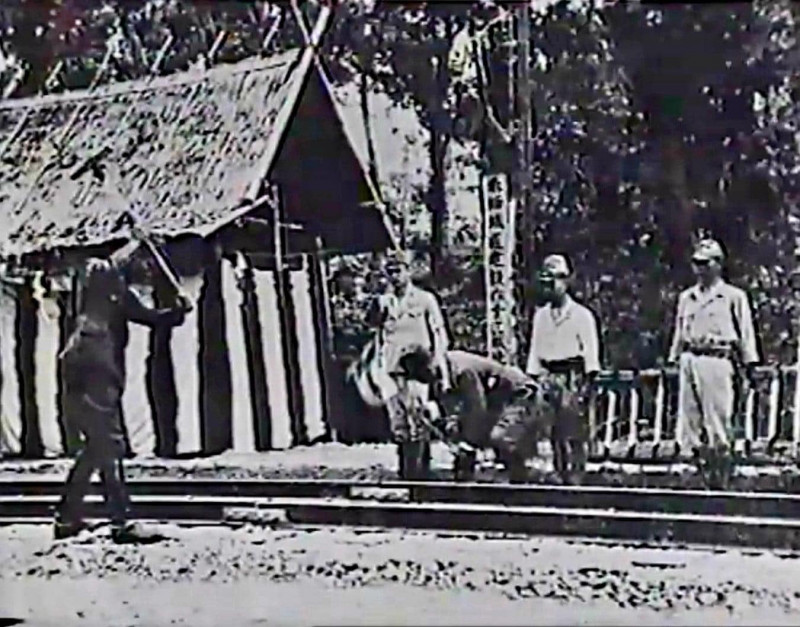
The railway was meant to enable the imperial Japanese forces in their plans to move to conquer India from the British. This however never materialised due to the resurgence of the Allied forces in the Pacific theatre of WWII between 1941 and 1945.
This year marks the 80th anniversary of the completion of the railway which now stretches between Ban Pong and Sai Yok in Thailand.
The line was originally intended by the Japanese to enable trains to reach Thanbyuzayat in Myanmar. It is now used mostly as a cargo and passenger line.
Regular train services end at Nam Tok station, about 2km from Sai Yok.
As many as 80,000 Asians and prisoners of War perished due to inhumane treatment and malnourishment while being forced to work on the railway line. Almost 200,000 Asians who were ethnic Thais, Burmese, Javanese, Chinese, Malays, and Indians slogged on the line, and hence the infamous worldwide moniker of it as the ‘Death Railway’.

The largest stretch of hill cutting for the line by the enslaved people is today known as Hellfire Pass. It has recently been adapted to become a tourism site.
Locate Asian mass graves
Activist P. Chandrasekaran, who is the coordinator of the Death Railway Interest Group (DRIG), has been instrumental in raising awareness about the historic episode with its massive sufferings and deaths.
A commemoration of the 80th anniversary of the railway was organised by DRIG with prayer for the affected souls at a shrine in Sai Yok, Kanchanaburi. Also present were ten family members of victims and 89-year-old Aiyya Ponnampalam who was at the railway as an eight-year-old boy.
He is among the few living eyewitnesses who can still tell us what happened in the camps in the deep interior.
Chandrasekaran said that DRIG, which is based in Malaysia, has done what little it can over the years as a non-governmental organisation.
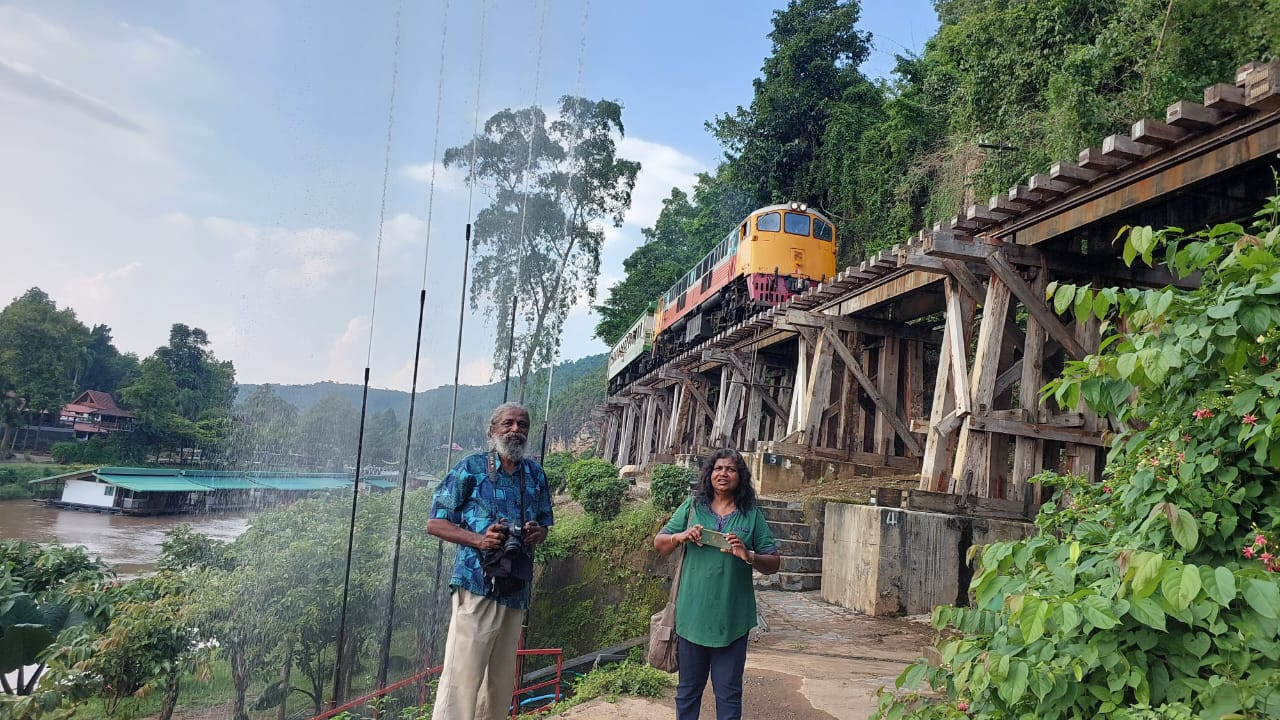
The way forward is to engage government stakeholders to do their part and fulfil their responsibility towards the few remaining survivors and the thousands of descendants of the victims, Chandrasekaran said in an interview with The Vibes.
"We had started to engage the government of Malaysia without much success,” he said. “We want the governments of the affected people, primarily Malaysia, Britain and Thailand, to jointly fulfil their responsibility towards the forgotten Asian victims."
He suggested that the various parties affected by the tragedy should undertake a survey and identify the location of mass graves of the workers lost in the forest.
"This should not be too difficult as they would be along the railway. Britain, which retrieved remains of their PoWs there, would be able to help locate the mass graves along the same route," he said.
A suitable burial site and a fitting memorial and information centre on the role of the Asian Victims should also be established.
Memorial for victims
DRIG recently
upgraded a small monument in a Chinese cemetery, a private property. Approval was obtained from the temple that owns the cemetery.
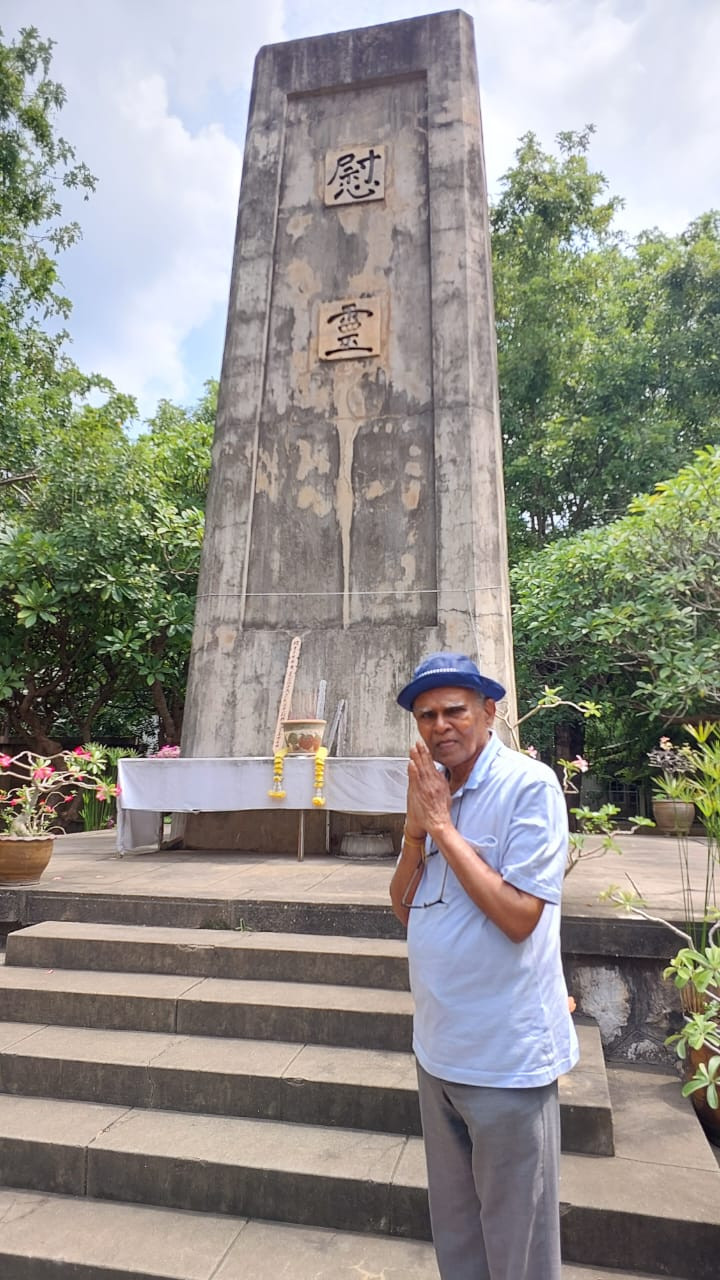
Thailand, which profits most from the railway, should give its full assistance and cooperation in the same way it did for the western POW memorial, said Chandrasekaran.
"Something similar to the Hellfire Pass museum and memorial, which was only initiated in the 1980s by the Australians, should be established for the Asian workers. The victims should be given their rightful place in history," he said.
At the very least, the very few survivors should be given a form of compassionate support immediately, just as Britain had paid her PoWs, he added.
It is believed that there are less than five living survivors in Malaysia now. "We seek collaboration with all interested parties to move this initiative," Chandrasekaran said.
Although the British had surveyed the railway area prior to WWII to build a railway there, the then colonial power had abandoned the idea to do this as it was difficult and costly.
But the Japanese completed it in record time of slightly over a year from 1942 to 1943.
However, it cost the lives of well over a hundred thousand people from the Japanese colonies in Southeast Asia, Burma and other Indo-Chinese places, Malaya, and Indonesia.
"What we do today will lay the groundwork for the 100th anniversary in the next 20 years," said Chandrasekaran. – The Vibes, October 28, 2023.



